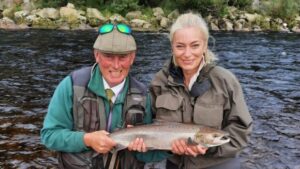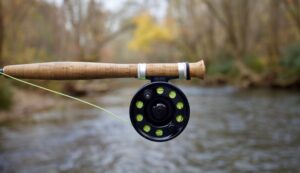River Spey Angling Guidelines and Conservation Policy
Spey Fishery Board Salmon Conservation Policy
Scottish legislation requires that all salmon caught before the 1st of April must be released. In order to protect the integrity of the Spey stock and to maximise their spawning potential, the Spey Fishery Board’s policy is that all fish caught up to and including the 31st May should be released alive. From the 1st June, the policy set out below will apply.
We would recommend that before fishing on the River Spey, all anglers read and make themselves familiar with the following guidelines.
The 2022 River Spey Conservation Policy can be downloaded by clicking here and is summarised below:
1. Catch and release: Salmon
- All hen salmon and hen grilse must be released throughout the season
- Each angler must return the 1st, 3rd, 5th etc. cock fish caught
- Throughout the season all stale or gravid fish must be released
- Escaped farmed salmon must be retained.
Catch and release: Sea trout
- All sea trout larger than 3lb/50cm/20″ must be released
- All sea trout/finnock smaller than 1lb/35cm/14″ must be released
- Each angler should only retain a maximum of one takeable sea trout per calendar day. Anglers are also encouraged to release their first fish and keep the second that is of takeable size
- All unseasonable fish e.g. coloured fish, kelts, overwintered finnock and smolts must be returned
- Release all stale or coloured fish
2. Method
3. Fishing effort
Where possible the numbers of hours and rods fished should be limited.
River Spey Angling Guidelines
1. Tackle Use
Anglers should use small, barbless hooks, singles or doubles:
- They do less damage
- Unhooking is quicker
- It’s illegal to use large hooks on some rivers
- Use size 8, or preferably smaller.
Always use as strong a leader or line as possible. This will ensure the fish can be brought to the net quickly and safely.
2. Planning Ahead Before Fishing a Pool
Always identify where a fish can be safely landed without risk of damage on rocks or stones. If fishing alone, take a net. Traditional large mesh salmon nets can cause split fins and tails. Have long-nosed forceps or a similar tool close to hand for prompt hook removal. If you want a photo of your salmon before release, have your camera ready, for example, on a neck lanyard.
3. Playing Fish
Fish should be played quickly and as firmly as possible so that they can be released before becoming too exhausted.
4. Landing Fish
We urge you not to lift the fish out of the water by any means if it is at all possible. At the very least, never lift your salmon from the water by its tail, or gill cover: you will cause internal damage. Avoid taking them onto the bank or dragging them over stones or gravel. Use a soft, knotless net with small mesh size with a shallow, wide bottom to allow the fish to lie flat. Knotless mesh is a legal requirement.
5. Fishing From Boats
If fishing from a boat, where convenient, take the boat to the shore to land the fish. If the fish is landed in a boat, ensure that the fish is laid on a flat, wet surface for unhooking. A soaking wet towel or unhooking mat is ideal for this purpose. Laying the fish upside down will often calm it for unhooking. Fish produce most of their energy from their tails, and so holding down the tail on a flat surface will keep a fish still.
6. Unhooking & Recovery
When the fish is quiet, remove the hook carefully and promptly with forceps. If you rupture a blood vessel you may kill the fish. Fish should be allowed to recover and returned in steady clean water, but not in a fast flow. Recovery may take some time. If fish are deep-hooked, particularly in the gills, it may not be possible to remove the hook – snip the line close to the hook. This will cause less harm to the fish than removing it. As an additional precaution, it is wise not to fish at all during extended periods of hot weather.
7. Recording Your Catch
Only lift the fish from the water for the minimum time necessary.
Photography – Keep the fish in or briefly just above the water. Support the fish gently under the belly and loosely hold the wrist of the tail.
Measuring – Do it in the water. Take a tape measure or mark up your wading staff or the butt section of your rod as an easy indicator.
Weight can be estimated from length – see the Salmon Atlas or letsflyfish websites for an online calculation. Fish should be measured from the nose to the fork of the tail.






